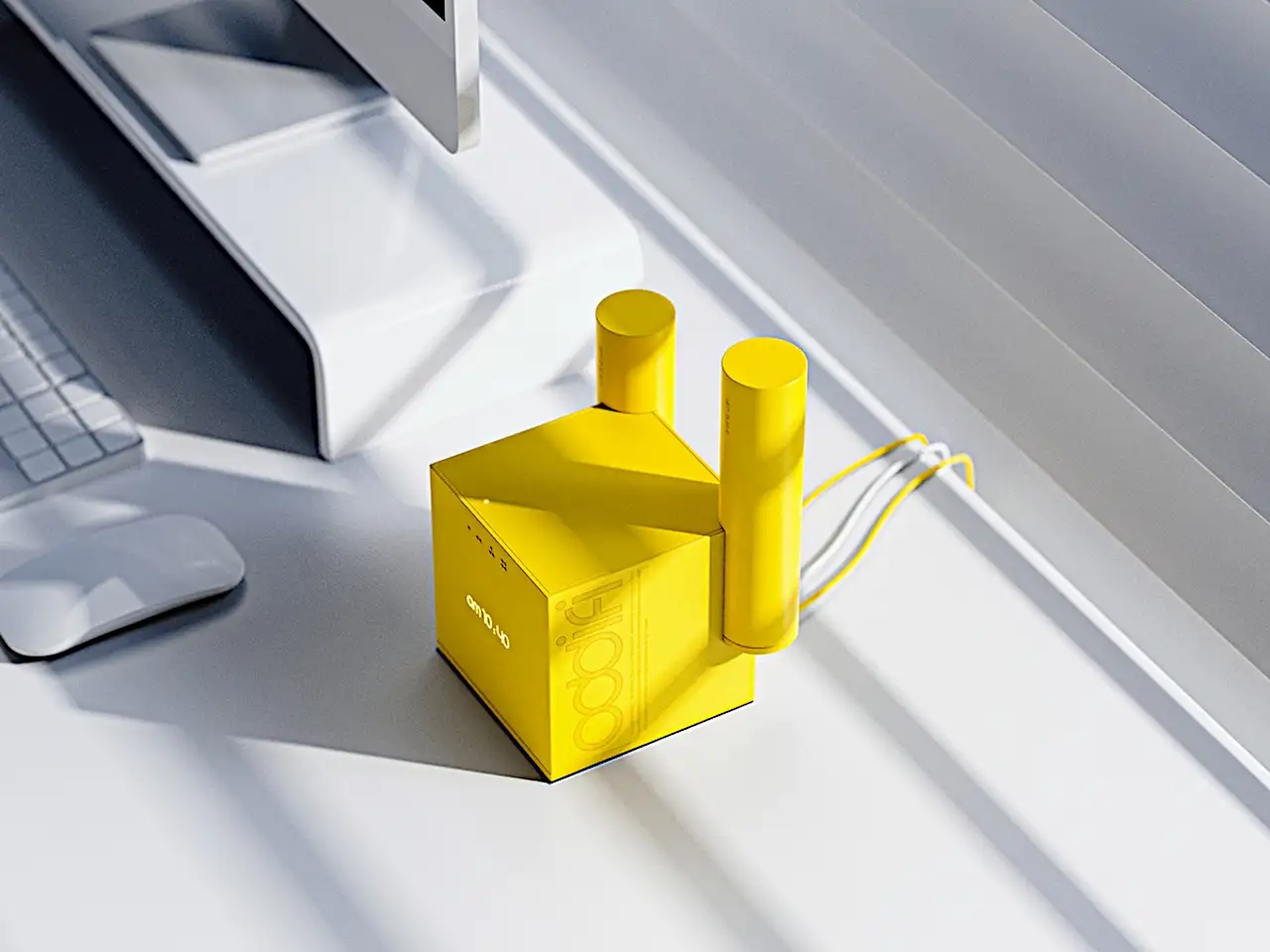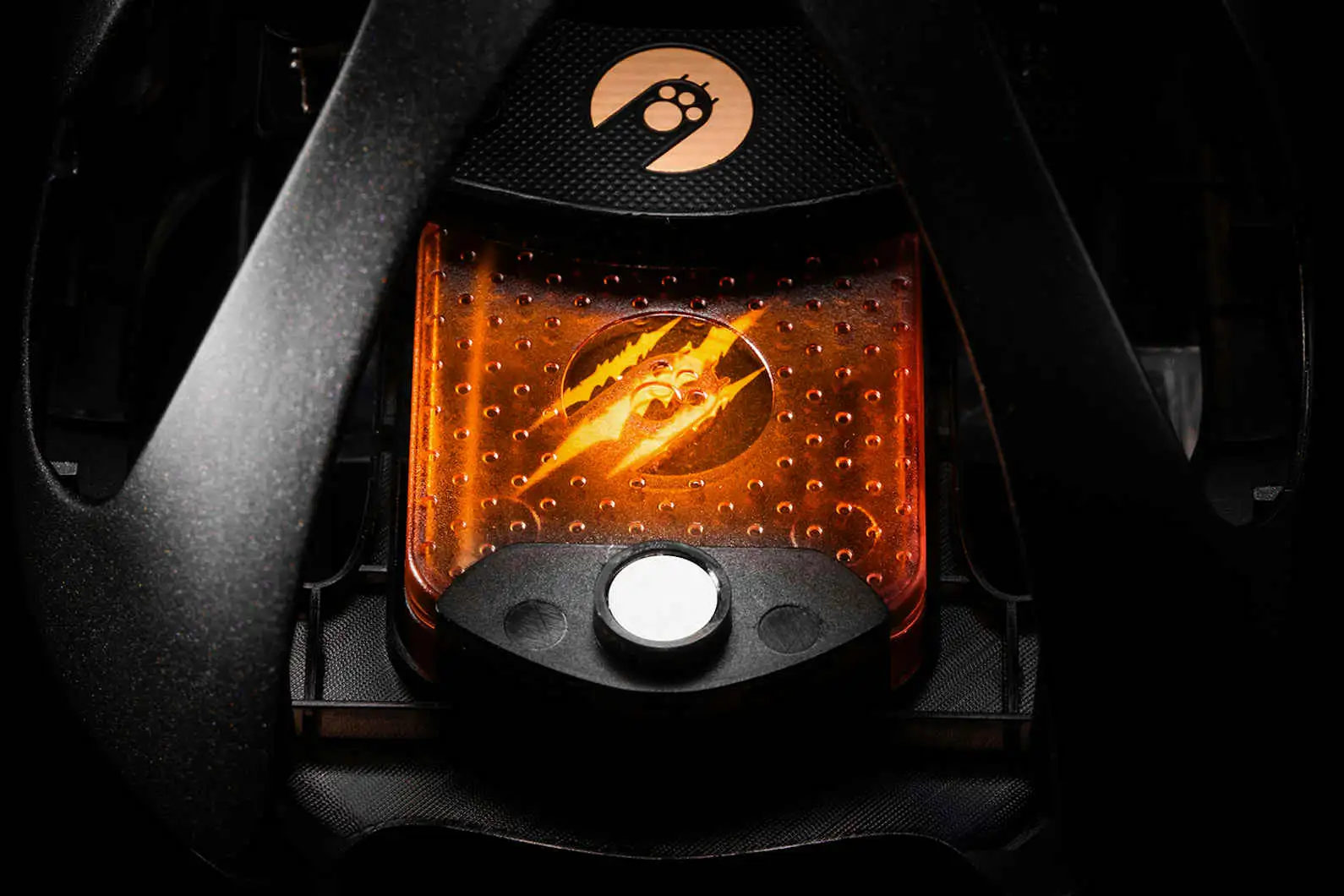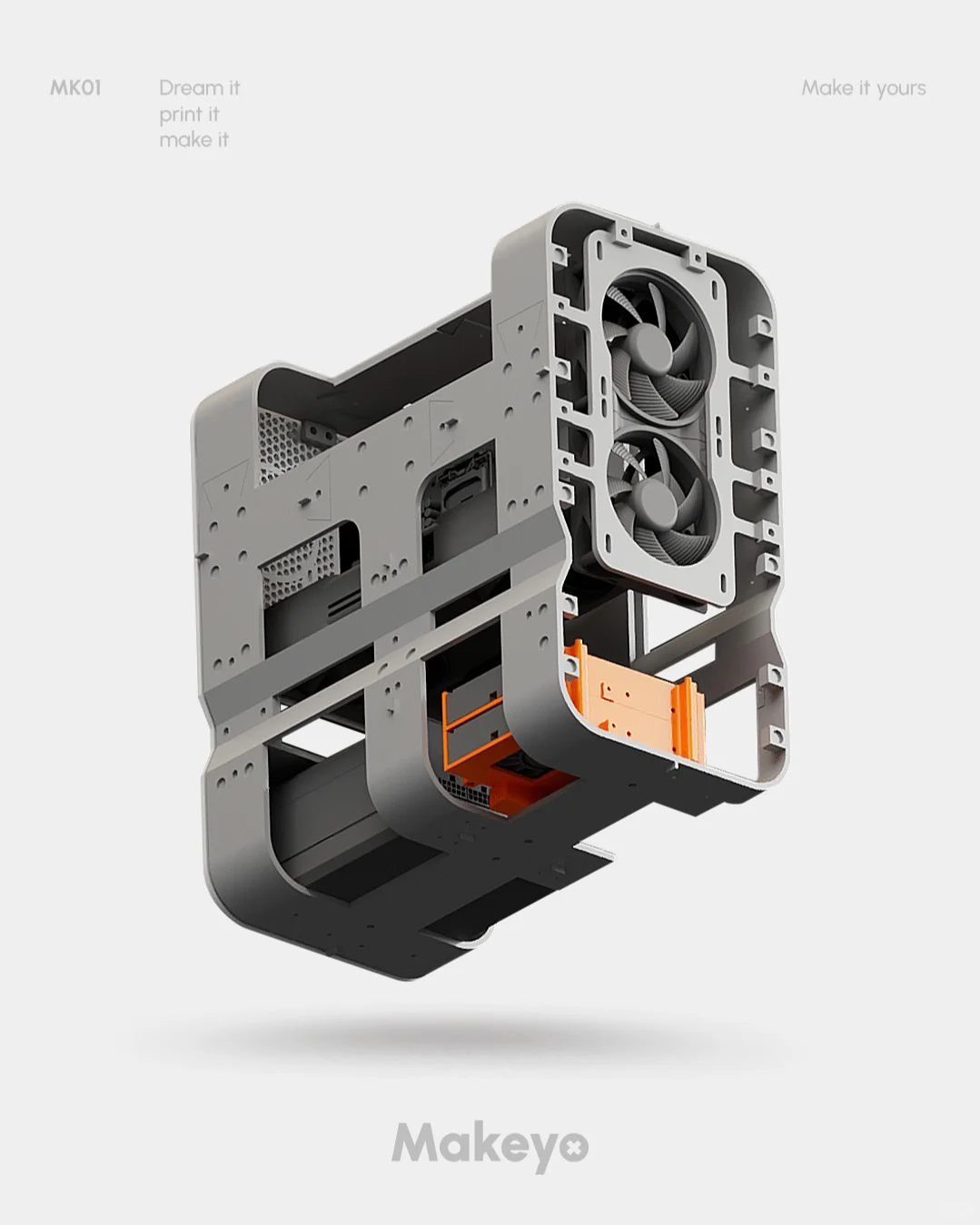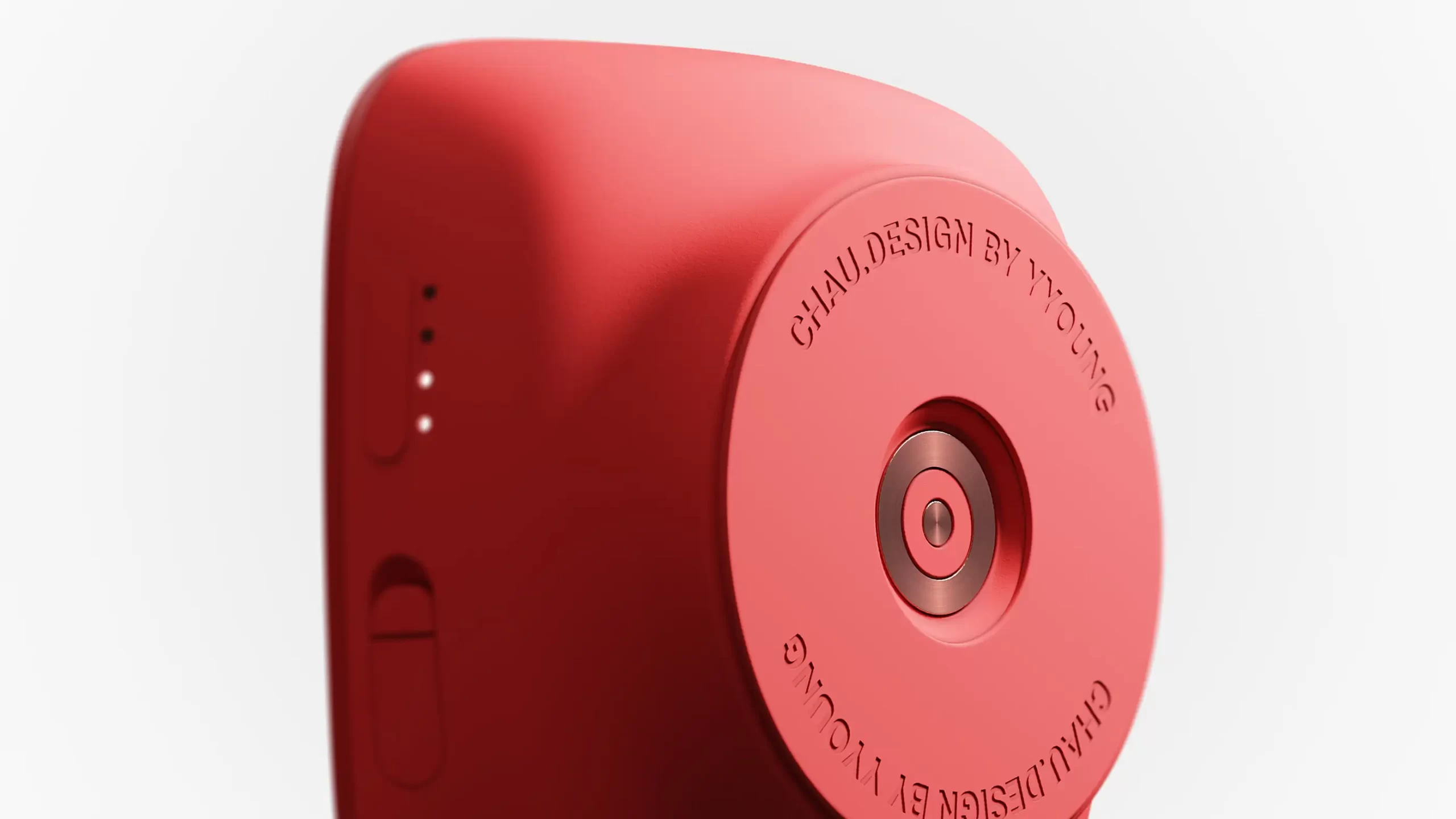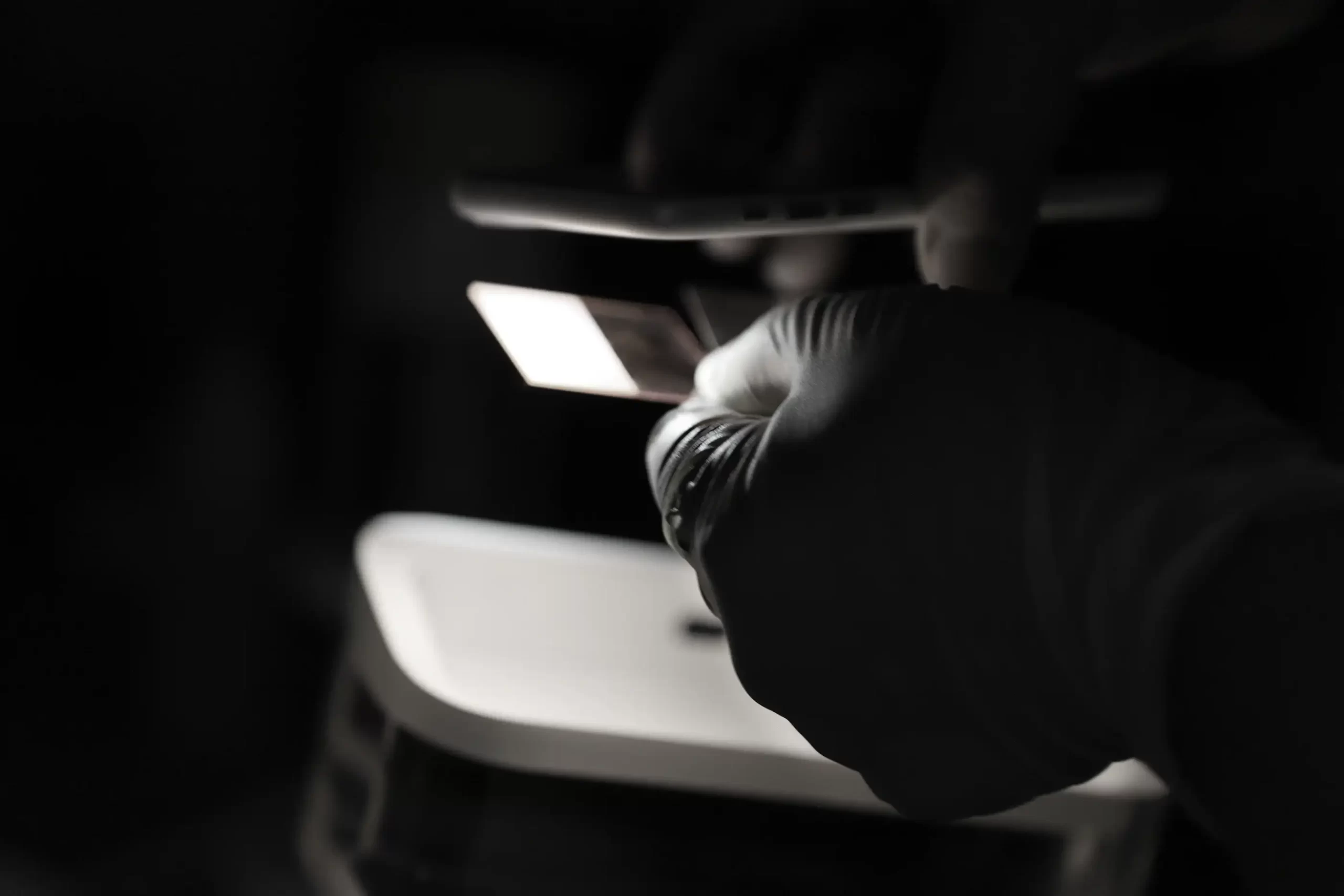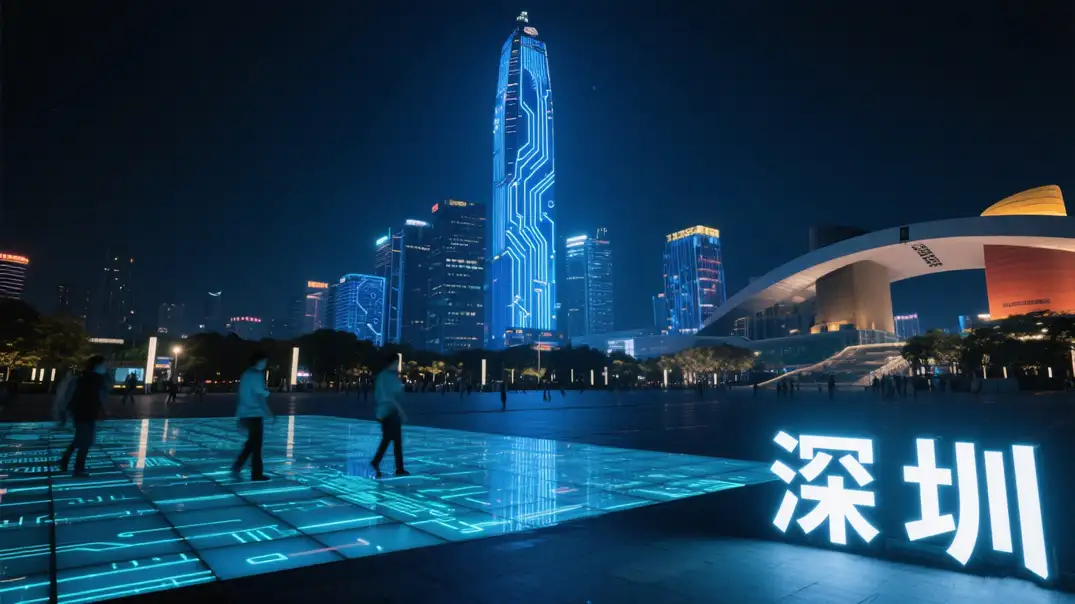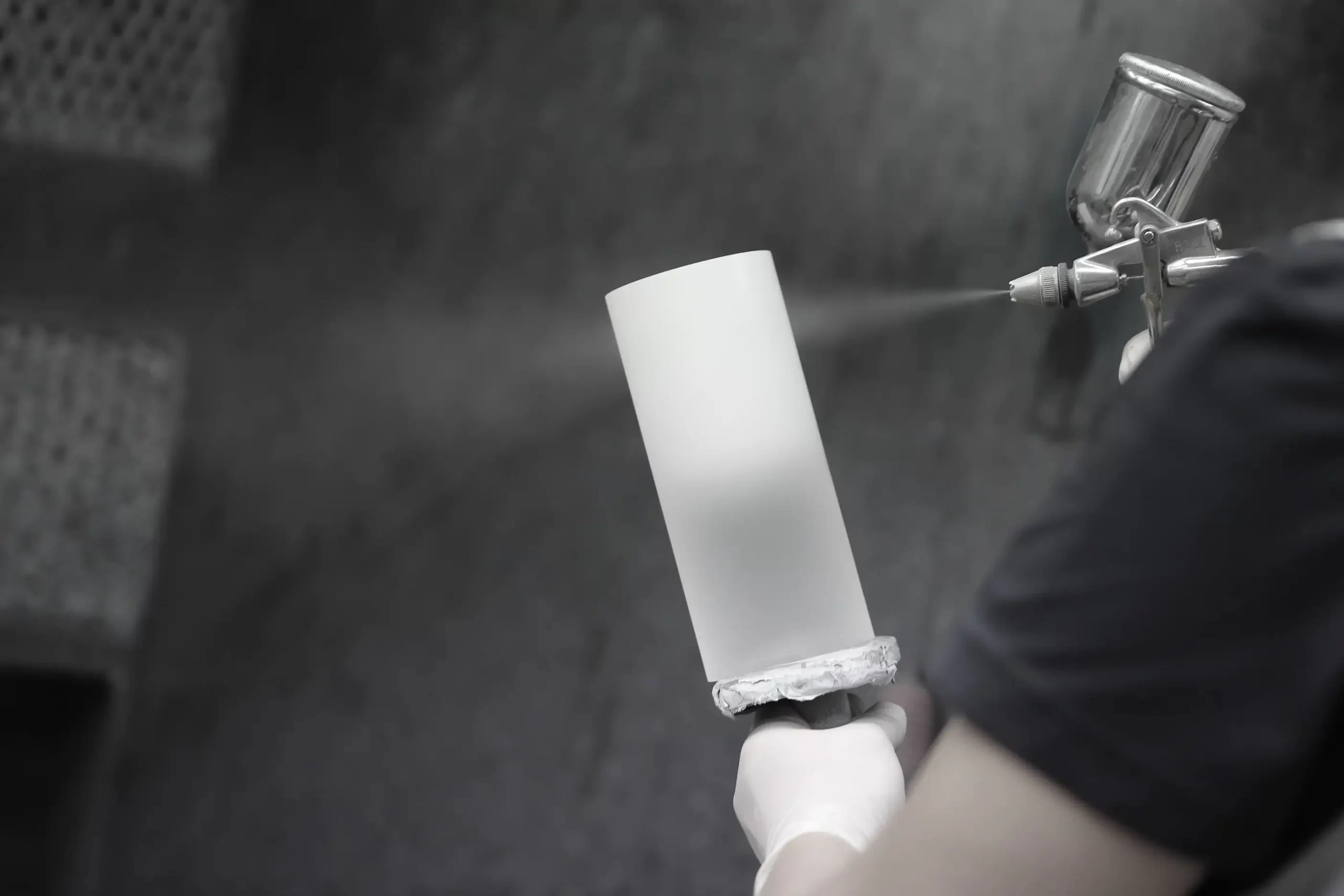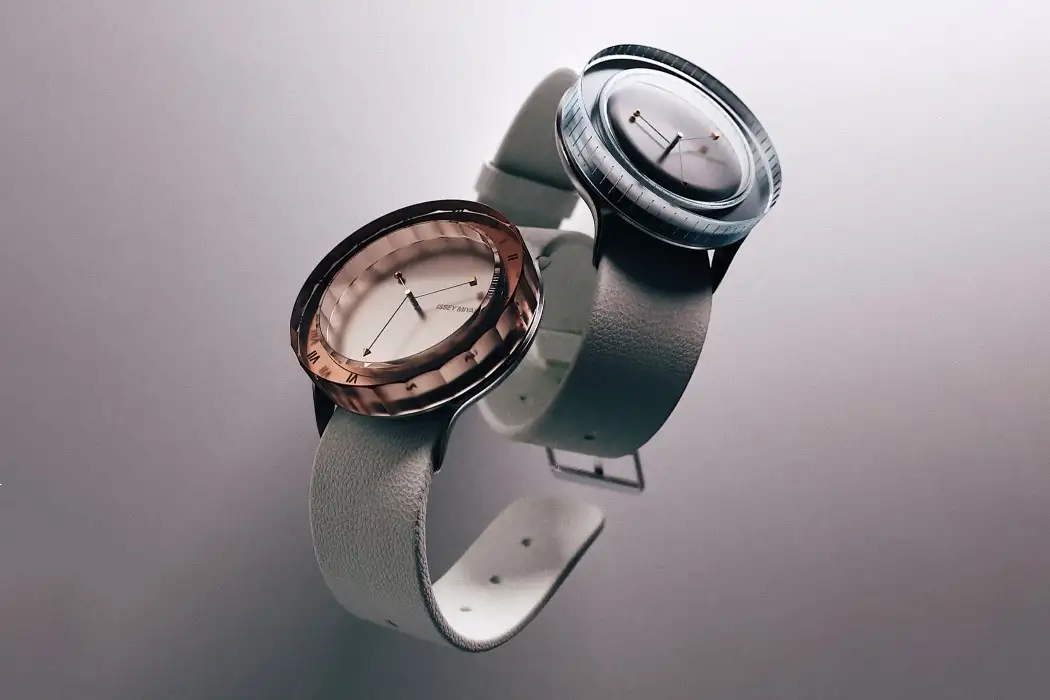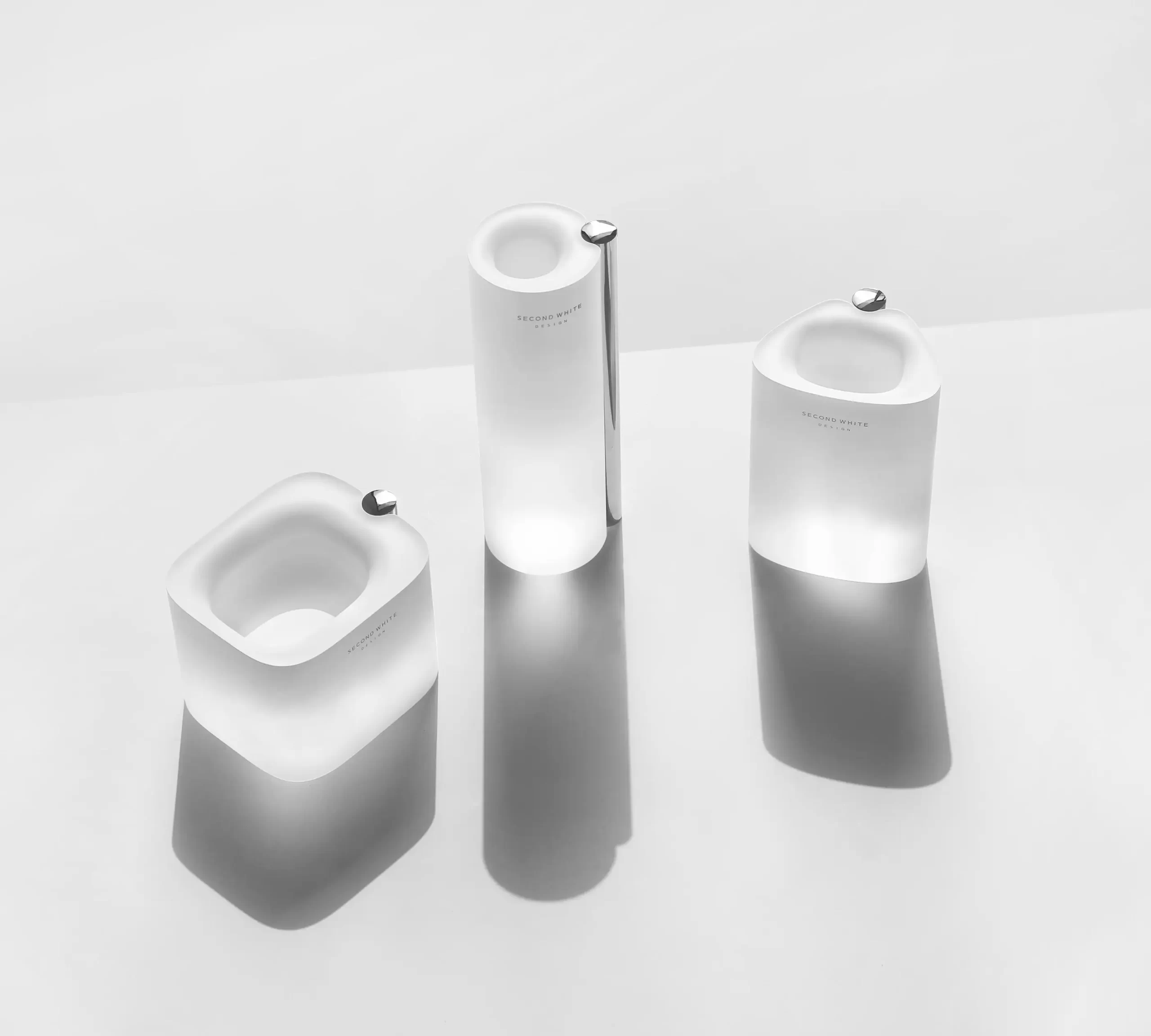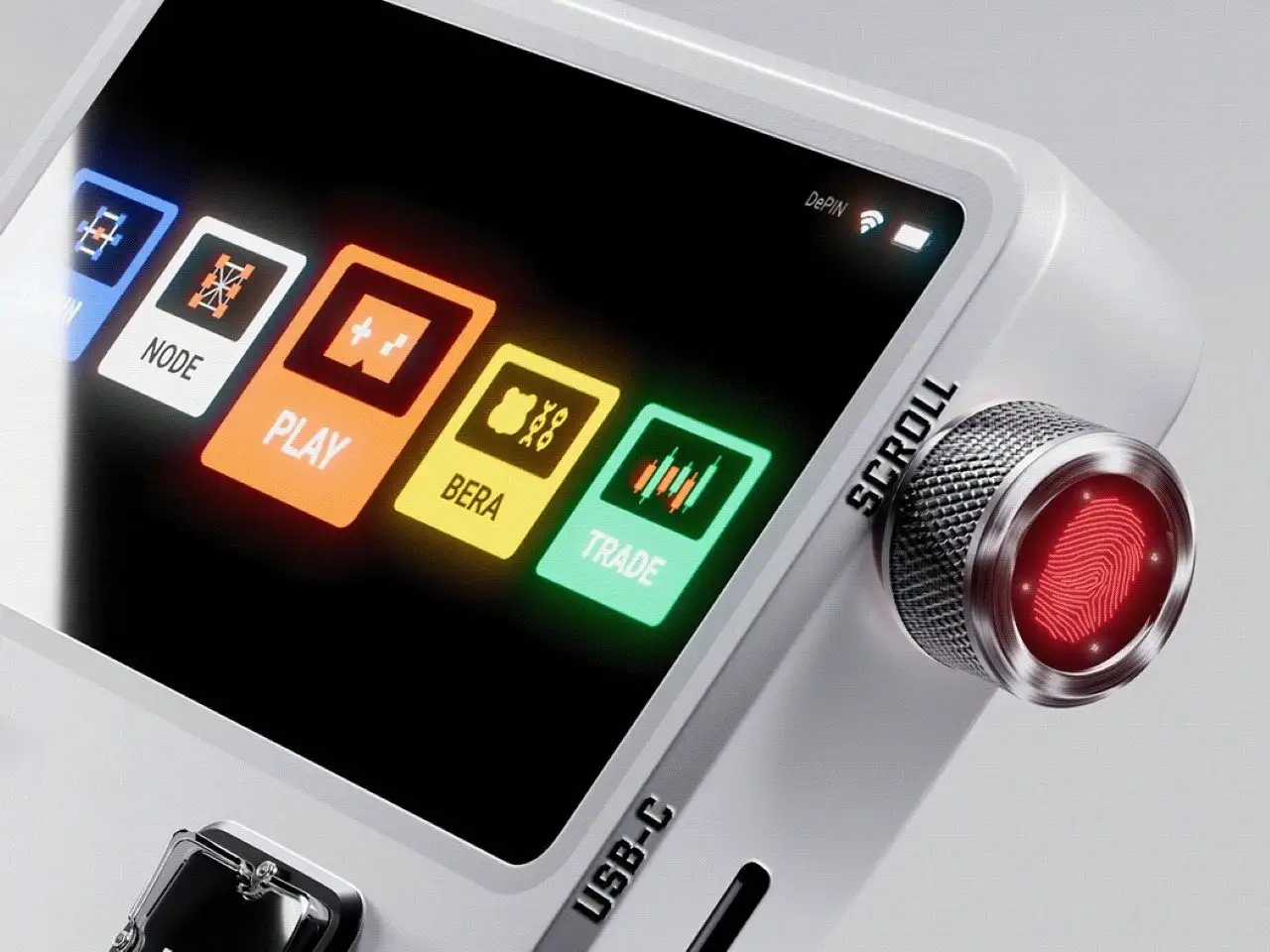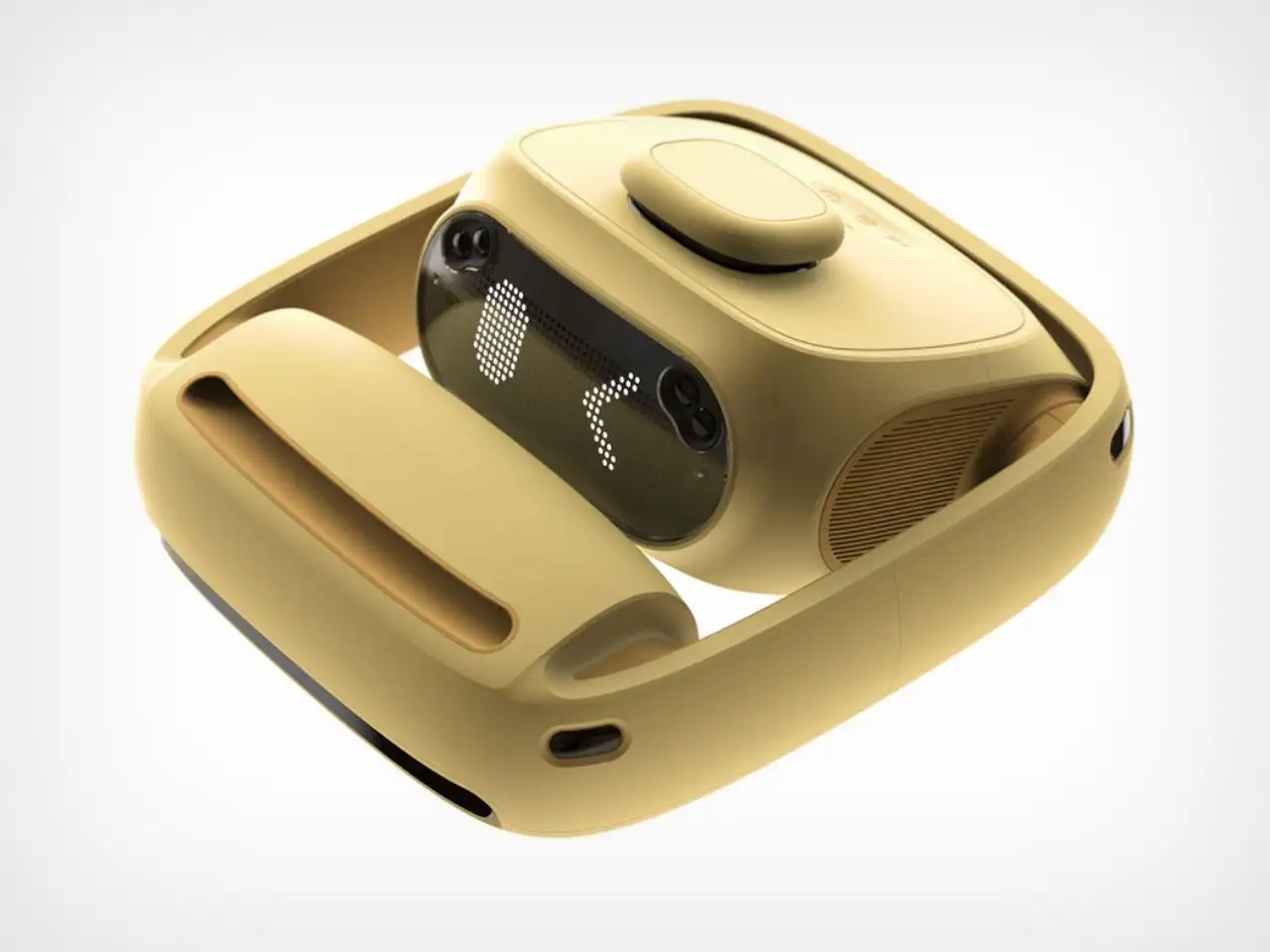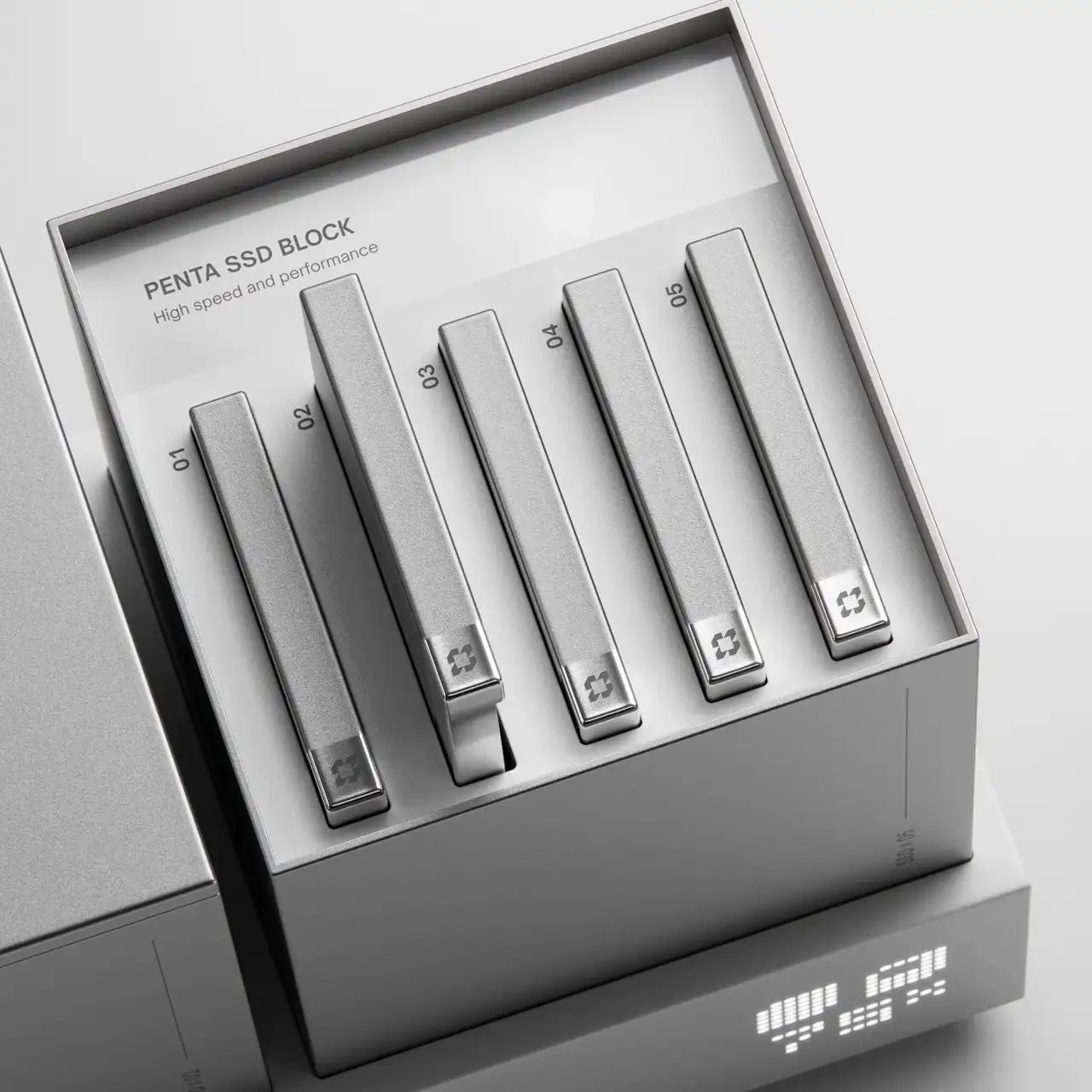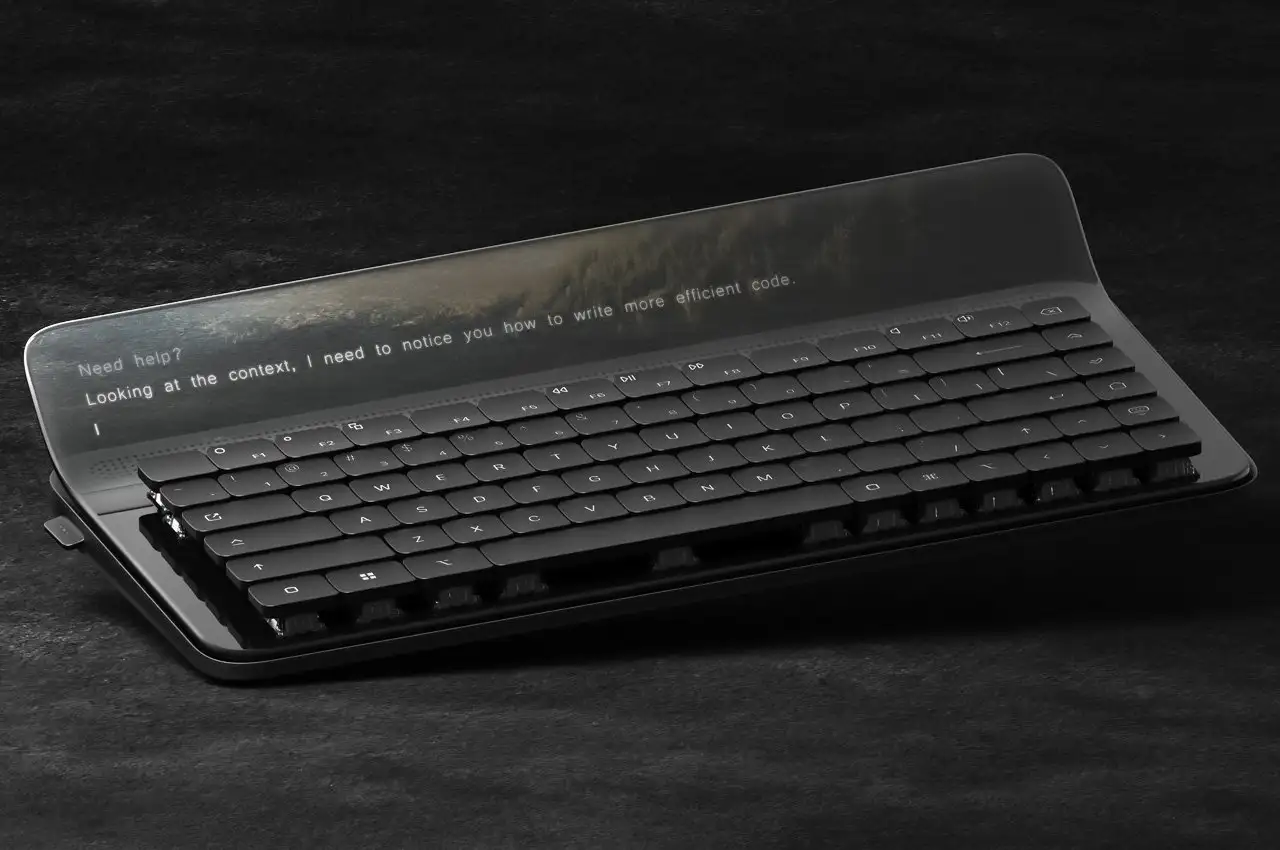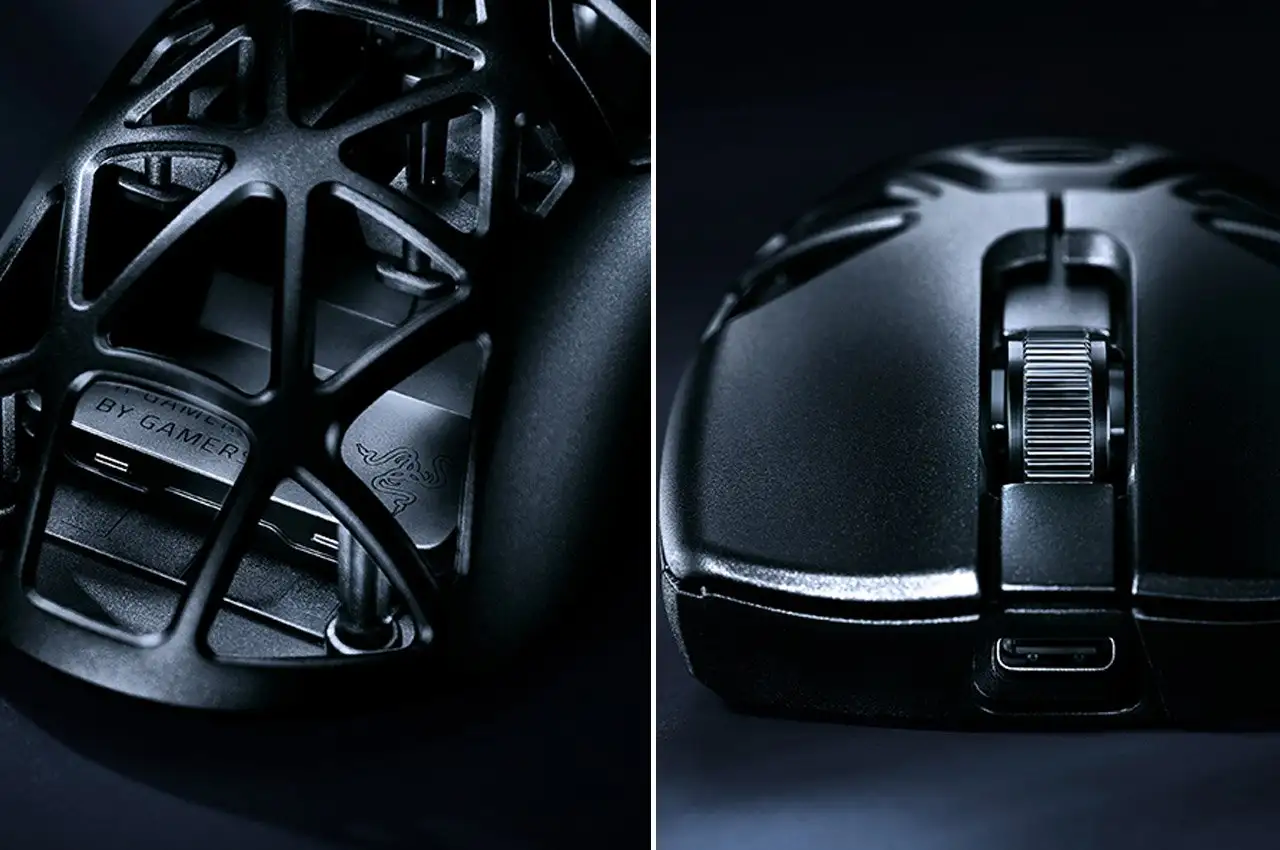NINEIDEA:深圳产品外观设计实用技巧在当代商业环境中,外观设计已成为各行业的核心竞争力要素,尤其在工业设计领域,它不仅是产品功能的视觉延伸,更是品牌价值与市场吸引力的直接载体。如何精准把握产品设计外观设计的核心逻辑?以下是经过实践验证的实用技巧:
一、深度解码用户需求:奠定设计基石
工业设计师需在设计启动前,通过多维度调研深入剖析目标用户群体的特征 —— 包括年龄结构、性别差异、职业属性及生活方式等。唯有精准捕捉用户的显性需求与潜在期待,才能打造出兼具情感共鸣与功能适配的外观设计,助力产品在红海竞争中建立独特的用户心智认知。
二、构建整体视觉语言与品牌识别系统
成功的外观设计应实现功能美学与视觉叙事的有机统一:一方面通过形态比例、材质搭配与色彩策略,让用户通过外观即刻感知产品功能与核心价值;另一方面,将品牌基因融入细节设计(如标志性线条、专属配色方案或独特结构特征),形成具有高辨识度的视觉符号,强化产品在消费者心中的记忆锚点。
三、人机工程学的精细化落地
人机工程学不仅关乎操作舒适度,更渗透于产品交互的全流程体验。设计师需基于人体尺寸数据与行为习惯,优化产品的握持手感、按键布局及视距角度,确保物理接触界面的高效易用性。同时,在结构设计中预留便捷的维护通道与清洁路径,通过细节优化提升产品的全周期使用体验。
四、动态捕捉潮流趋势与市场脉搏
外观设计是时代审美与技术发展的镜像映射。设计师需建立系统化的趋势追踪机制:通过分析消费数据、展会观察及社交媒体舆情,提炼目标市场的审美偏好与功能诉求,将前沿元素(如极简主义、可持续材料、未来感曲面等)转化为符合品牌调性的设计语言,在保持产品前瞻性的同时规避盲目跟风,实现潮流元素与品牌基因的创造性融合。
结语:系统化设计思维驱动商业价值
卓越的产品外观设计,本质是用户需求洞察、功能逻辑转化与美学创新的系统化工程。工业设计师需以全局视角整合用户研究、人机工程、品牌策略与潮流趋势,通过精准的设计决策构建产品的差异化竞争力。若需专业外观设计支持,建议与具备全流程服务能力的工业设计机构合作,借助其跨领域经验与创新方法论,共同打造兼具商业价值与情感温度的产品视觉形象。
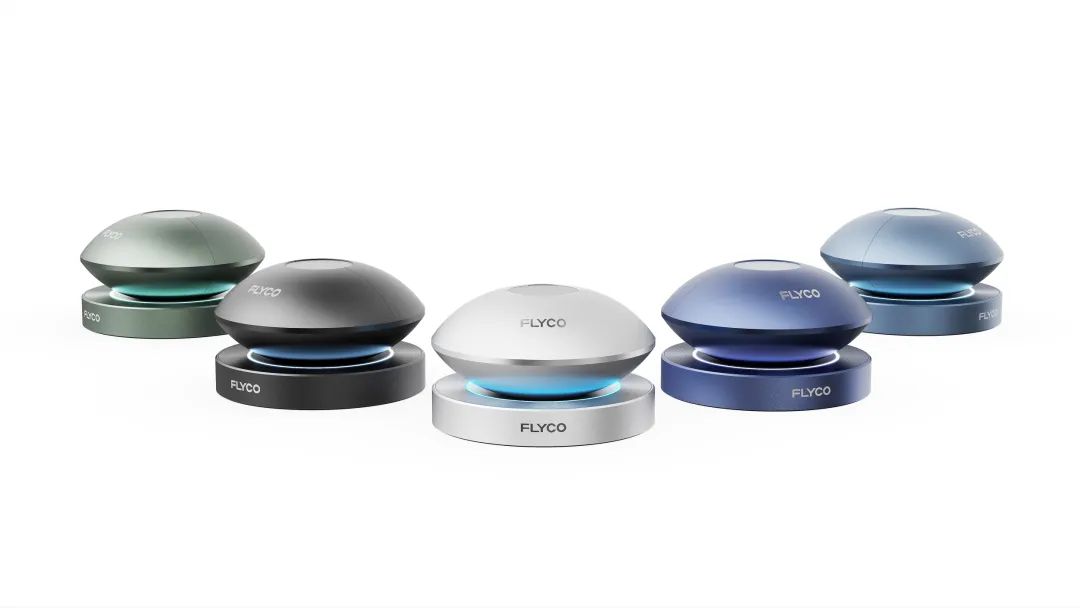
Practical Tips for Product Appearance Design in Shenzhen
NINEIDEA:In the contemporary business landscape, appearance design has become a core competitive element across industries, especially in industrial design. It serves not only as a visual extension of product functionality but also as a direct carrier of brand value and market appeal. How to accurately grasp the core logic of product appearance design? Here are proven practical tips:
1. Deep User Needs Analysis: The Foundation of Design
Before initiating the design process, industrial designers must conduct multi-dimensional research to deeply decode the characteristics of the target user group—including age structure, gender differences, professional attributes, and lifestyle. Only by accurately capturing both explicit needs and latent expectations can they create appearance designs that resonate emotionally and fit functionally, helping products establish unique user mental recognition in fierce competition.
2. Building a Holistic Visual Language and Brand Identity System
A successful appearance design should achieve an organic unity of functional aesthetics and visual storytelling: on one hand, through form proportion, material matching, and color strategies, users can instantly perceive product functions and core values through the appearance; on the other hand, integrating brand genes into detailed designs (such as iconic lines, exclusive color schemes, or unique structural features) forms a highly recognizable visual symbol, strengthening the product’s memory anchor in consumers’ minds.
3. Fine-Grained Implementation of Ergonomic Design
Ergonomics is not only about operational comfort but also penetrates the entire process of product interaction experience. Designers need to optimize the product’s grip feel, button layout, and viewing angles based on human body dimension data and behavioral habits to ensure the high-efficiency and ease of use of the physical contact interface. Meanwhile, designing convenient maintenance access and cleaning paths in the structure enhances the full-cycle user experience through detailed optimizations.
4. Dynamically Tracking Trends and Market Pulse
Appearance design mirrors the era’s aesthetics and technological development. Designers should establish a systematic trend-tracking mechanism: by analyzing consumer data, observing industry exhibitions, and monitoring social media public opinion, they can extract the aesthetic preferences and functional demands of the target market. Transforming cutting-edge elements (such as minimalism, sustainable materials, futuristic curves, etc.) into a design language that aligns with the brand tone, they can maintain product forward-looking while avoiding blind following, achieving a creative integration of trend elements and brand genes.
Conclusion: Systematic Design Thinking Drives Commercial Value
Exceptional product appearance design is essentially a systematic engineering of user needs insight, functional logic transformation, and aesthetic innovation. Industrial designers need to integrate user research, ergonomics, brand strategy, and trend analysis from a global perspective, building product differentiation through precise design decisions. For professional appearance design support, it is recommended to collaborate with industrial design agencies with full-process service capabilities, leveraging their cross-disciplinary experience and innovative methodologies to create product visual images that balance commercial value and emotional appeal.












